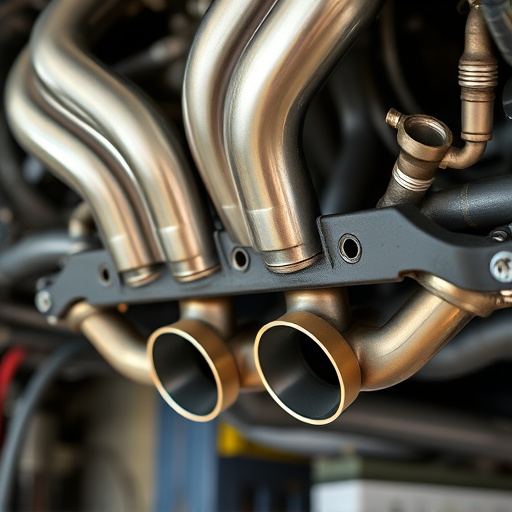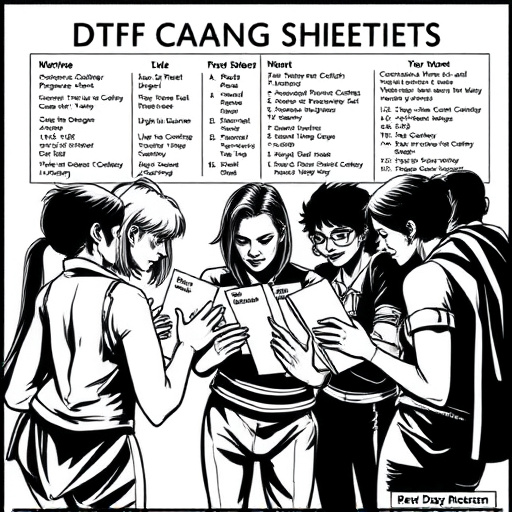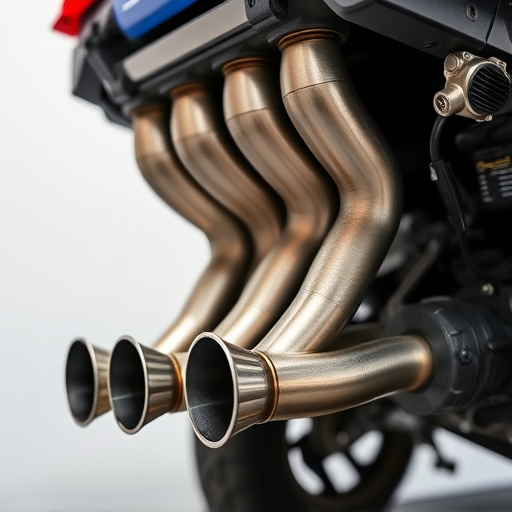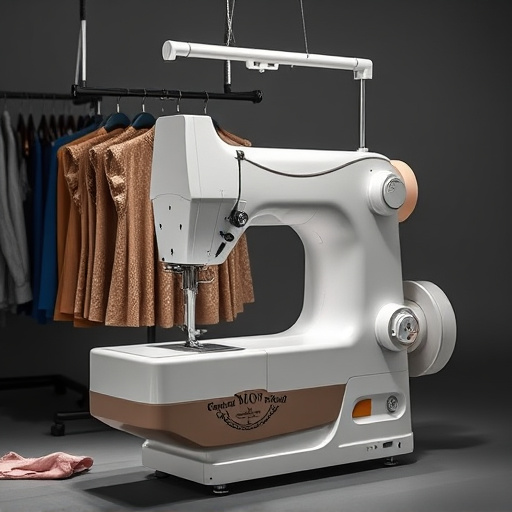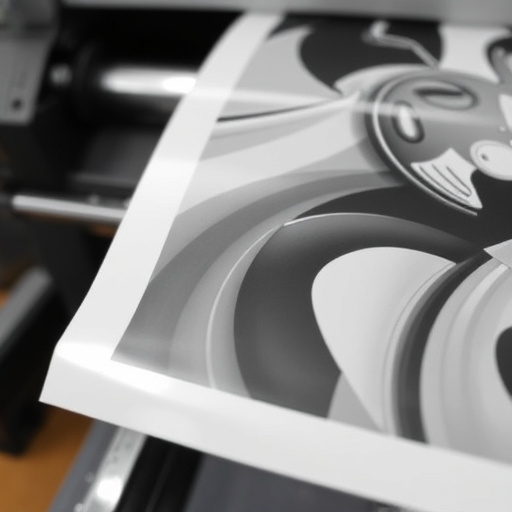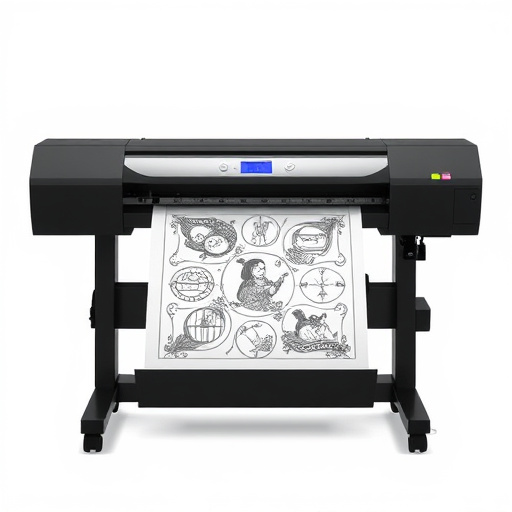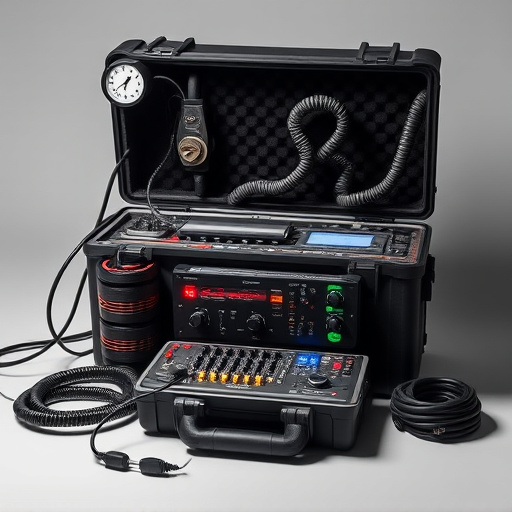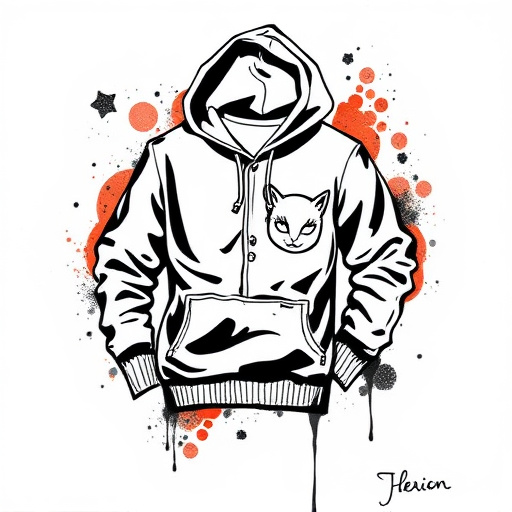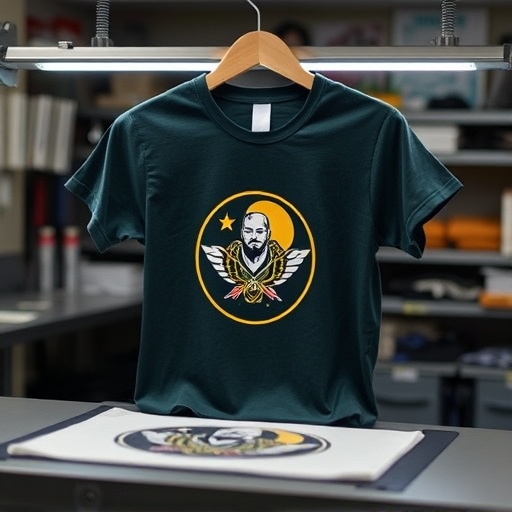DTF (Direct to Film) Custom Orders revolutionize business operations by automating high-quality personalized product creation, from design customization to printing and quality control. By identifying recurring customer preferences, building a centralized design library, implementing an automated workflow, integrating with compatible printers, and maintaining regular system updates, businesses can achieve increased efficiency, faster turnaround times, consistent quality control across diverse DTF applications, and enhanced customer satisfaction.
In today’s fast-paced business environment, streamlining processes like DTF Custom Orders is crucial for efficiency. This article guides you through automating repeat DTF Custom Orders effortlessly, focusing on understanding unique requirements, implementing key automation steps, and highlighting benefits for improved operations. Discover best practices to ensure continuous enhancement of your DTF Custom Order management, saving time and resources while maintaining high standards.
- Understanding DTF Custom Orders and Automation Needs
- Key Steps to Automate DTF Custom Orders Effortlessly
- Benefits of Automation and Best Practices for Continuous Improvement
Understanding DTF Custom Orders and Automation Needs

In today’s fast-paced world, businesses are constantly seeking ways to streamline their operations and improve efficiency, especially when it comes to custom orders. DTF (Direct to Film) Custom Orders are a cutting-edge printing technique that allows for the creation of personalized, high-quality products like direct to film personalized hoodies. This innovative process has revolutionized the way businesses handle custom merchandise, enabling them to cater to diverse customer demands swiftly and accurately.
Understanding the automation needs behind DTF Custom Orders is paramount. Businesses must efficiently manage various aspects, from order placement and design customization to printing and quality control. Automating this process ensures consistency, reduces human error, and speeds up delivery times. Specifically, a well-designed automated system can handle complex dtf transfer processes for light fabrics, ensuring that each direct to film personalized hoodie is printed precisely according to customer specifications.
Key Steps to Automate DTF Custom Orders Effortlessly
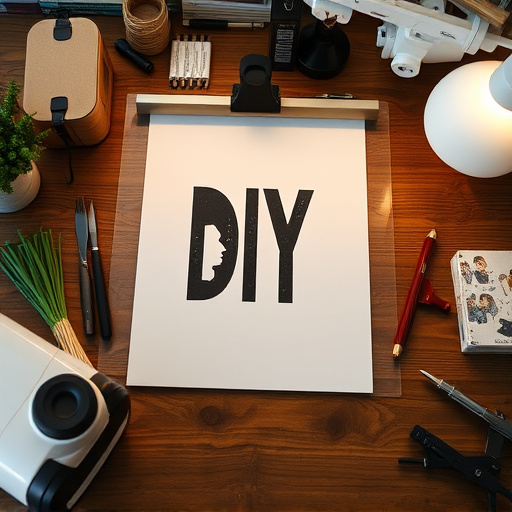
To automate DTF Custom Orders effortlessly, start by identifying recurring designs in your customer base. These could be popular graphics, phrases, or logos that frequently appear in custom t-shirt orders. Next, set up a centralized design library accessible to your ordering system. This library should include high-resolution files of these standardized designs, ready for easy selection and customization.
Implement an automated workflow where customers can choose pre-loaded designs from the library, input their specific details like text, colors, and sizes, and then place orders directly through a user-friendly interface. Ensure your system supports dtf printing for t-shirts by integrating with compatible printers. This streamlined process not only saves time but also minimizes errors, allowing you to efficiently manage custom dtf transfers for diverse client requests.
Benefits of Automation and Best Practices for Continuous Improvement
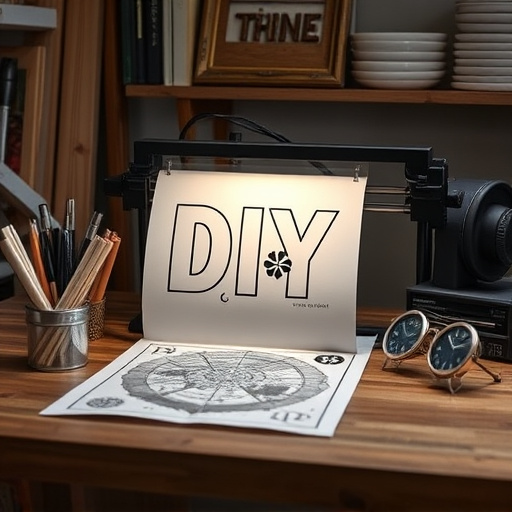
Automating DTF Custom Orders brings numerous advantages to businesses and entrepreneurs in the print-on-demand industry. One of the key benefits is increased efficiency; automation streamlines the process, from order placement to production, reducing manual intervention and potential errors. This results in faster turnaround times, allowing you to meet customer demands promptly, especially during peak seasons or flash sales.
Additionally, implementing automated systems for DTF Custom Orders enables consistent quality control. With precise settings and parameters, you can ensure that each order, whether it’s for bulk DTF shirt production or custom designs on hoodies using DTF transfer film, maintains the same high standard. This consistency fosters customer satisfaction and encourages repeat business. Best practices involve regular system checks, updating software to accommodate new trends, and gathering feedback from users to continuously improve the automation process.
Automating DTF Custom Orders is a game-changer, streamlining processes and boosting efficiency. By understanding your unique needs and following key automation steps, you can save time and resources while ensuring accurate, consistent results. Embrace the benefits of automation, continually evaluate and refine your approach to achieve optimal productivity and maintain a competitive edge in your operations.

